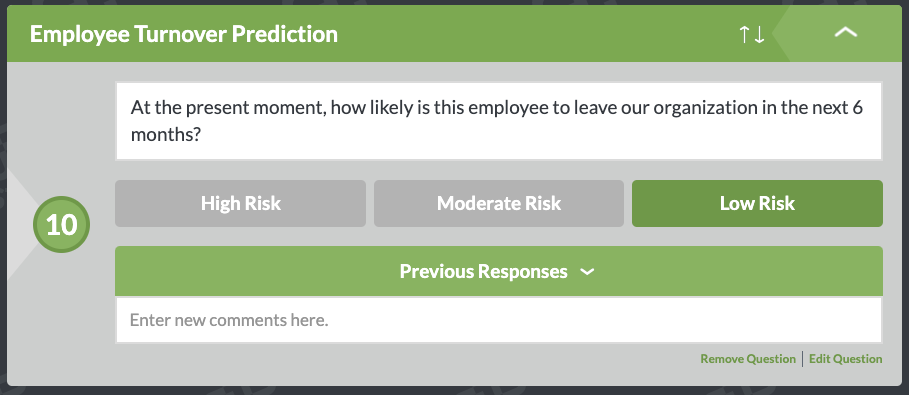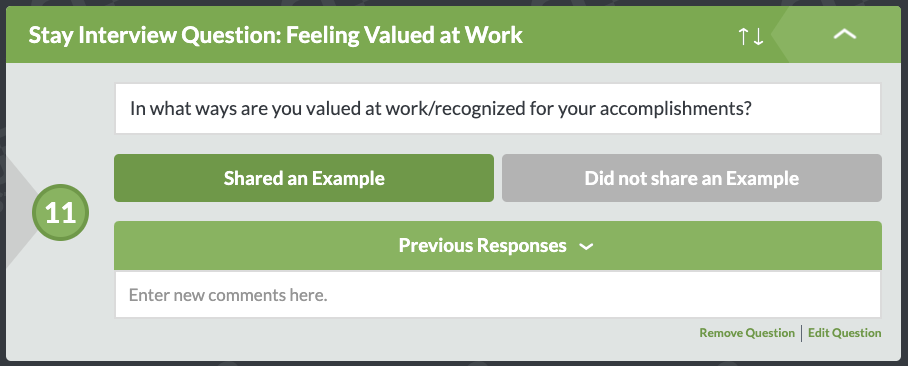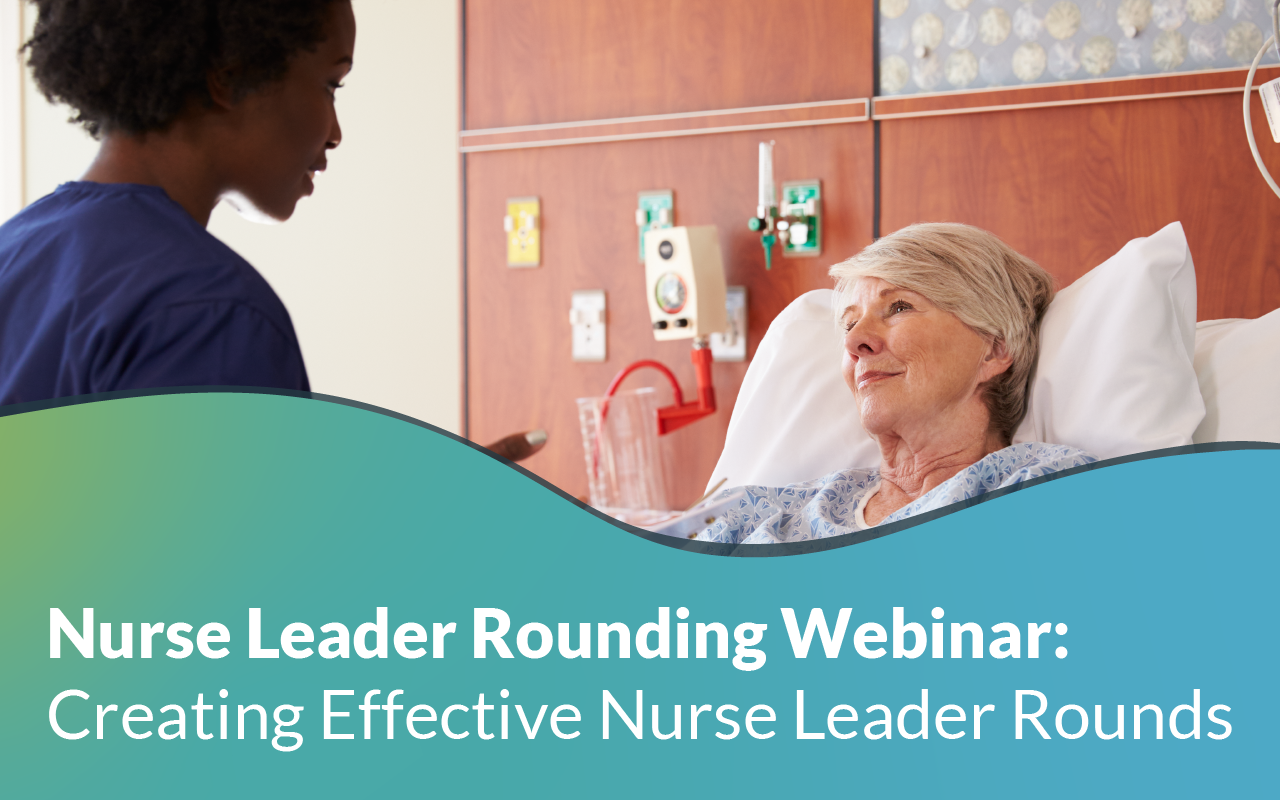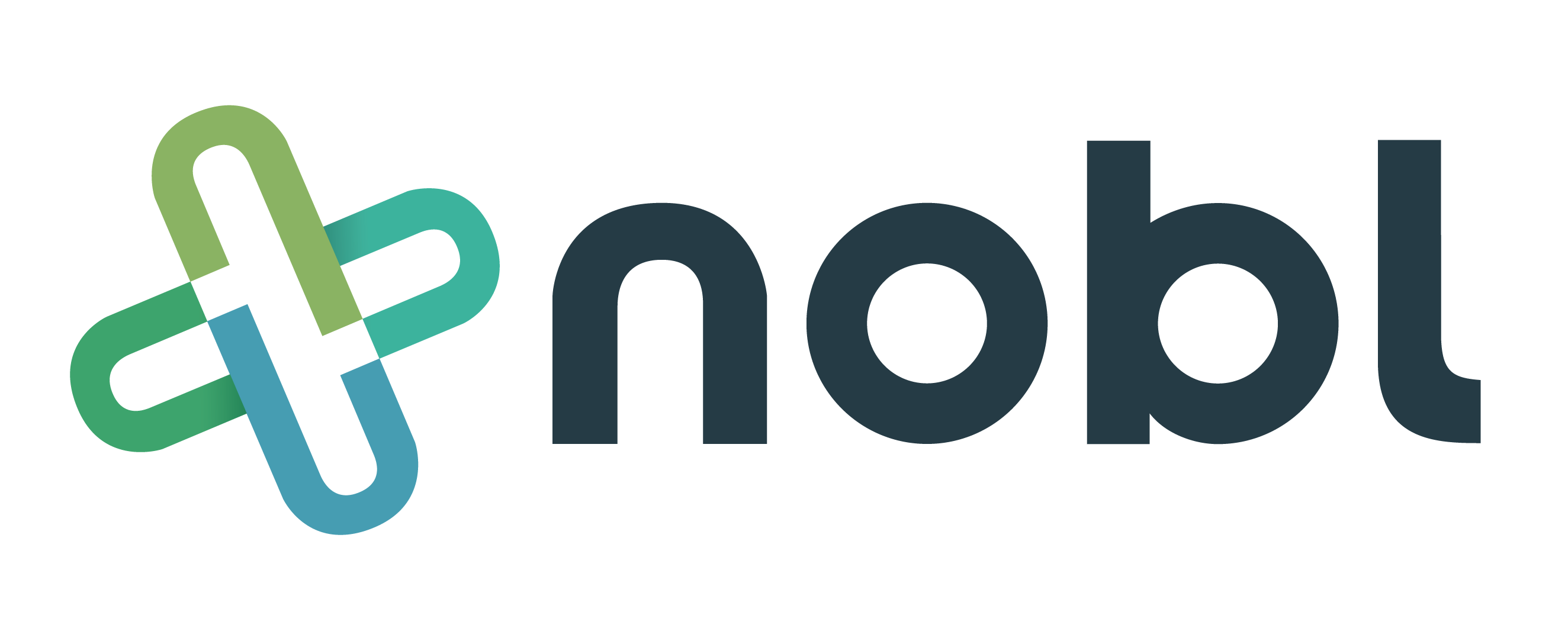
4 min read
Three Ways to Use Rounding to Address Employee Engagement and Retention
Nobl Health Aug 4, 2022 1:22:00 AM
As an active member of the American Organization of Nursing Leadership (AONL) and the American Nurses Association (ANA), I have direct access to the latest ‘nursing news’ from across the nation. The July 2022 issue1 of the American Nurse Journal featured an article by Jodi Waddoups, related to active nursing professional engagement. She encouraged nurses to find their voice and to trust their instincts. The article provided strategies for all levels of nursing to improve nurse engagement. Those tactics were not a surprise, but what did surprise me was that intentional employee rounding was not mentioned at all. She spoke repeatedly of ‘safe spaces for staff to speak up.’ When nursing leaders use employee rounding processes that focus more on listening than telling, and when staff see their ideas tracked, monitored and addressed on posted stoplight reports, they begin to trust, feel safe, and engage more as part of the team.
Nursing shortages and staff retention are major concerns for nursing leaders. An August 2021 survey2 of 1,781 nurse leaders by AONL identified significant differences in perceived challenges between February 2020 and August 2021. According to that report “As of August 38% of respondents named staffing shortages as the biggest new challenge – a staggering 137% increase since February'' (AONL, 2021, p 3.) In addition, queries about successful strategies to improve retention resulted in “the need for wider recognition of nurses’ contributions has increased by 48% over the same time period” [38% of respondents] (AONL, 2021, p 4). The Nobl praises feature connects recognition directly to rounds so every leader can reinforce the recognition when interacting with the nurse.
Recently, I also had the opportunity to attend a CNO roundtable presentation sponsored by a leading nurse and patient engagement survey company. Their recent research pointed out that nurse feelings of ‘belonging’ are one of the key drivers of not just engagement but also retention. This doesn’t surprise me, since don’t we all just want to feel like we belong and are valued? When a busy executive or nursing leader takes the time to intentionally conduct a 1:1 round with an employee, document the key ideas and concerns of that employee, follow up to close the loop, and share praises or recognition from others. That matters! Another finding of the AONL study was the importance of staff emotional health and well-being, with 75% ranking this as a critical problem in 2021.
Here at Nobl, we know the value of structured, purposeful employee rounds on not just employee engagement but also improved safety and patient experience. Considering the current shortage of nurses and other essential workers in healthcare, all these outcomes are in real jeopardy. This shortage is different from past situations that I have seen during my career, and it is going to take innovative and creative methods to solve it.
How to Leverage Employee Rounds to Impact Nurse Retention
Here are three strategies that have proven successful for our clients to enhance the results of staff rounding and impact nurse engagement.
#1 – Rounding for Emotional Needs and Well-Being
Nursing leaders are often reminded by the staff in Human Resources to exercise caution when delving into the personal lives of employees. No one wants to invade someone’s privacy or make them feel uncomfortable. But it is important to determine the things in the nurse practice environment that are causing stress or anxiety for the employee. Using the 1:1 employee round to collect this input is far better than raising the question during a staff meeting. Stress and anxiety are personal experiences, and everyone will perceive situations differently.
There are ways to ask open-ended questions that provide staff with an opportunity to share those elements in a safe manner. Attention to non-verbal cues during the round is also helpful.
#2 – Employee Turnover Prediction
There are lots of strategies related to trying to predict turnover rates, some costly and complicated. One easy to implement solution is by getting a pulse on nurse leader intuition. The nurse leader would reflect on the employee’s likelihood to leave the organization at the end of the employee round and score the employee from low to high risk. By recording these predictions and comparing them to the results of the annual employee satisfaction questionnaire and/or nurse retention data, nursing leaders can enhance their ability to connect in a meaningful way with staff to prevent further turnover.

During rounds leaders can assess the likelihood for this employee to turnover in the next 6 months.
#3 – Stay Interviews
Katie Haifley, CPXP, Nobl co-founder, is a firm believer in the use of ‘leading data’ as opposed to ‘lagging data’ whenever possible. I find it interesting that many facilities take pride in their exit interview process and the value of that data collected. That’s a ‘lagging data’ point if I have ever seen one. Finding out why a person is leaving after they have committed to go, is a little too late! Even if that data can be used to improve processes in the future, the organization has already lost a skilled professional. According to the 2022 NSI National Health Care Retention & RN Staffing Report survey, the average cost of turnover for a bedside RN is $46,100 resulting in the average hospital losing between $5.2m – $9.0m annually. Each percent change in RN turnover will cost/save the average hospital an additional $262,300/year.3
Consider adding Stay Interview questions to your rounding form or creating a different process entirely dedicated to talking with the employee about retention.

Leaders should check in with their team to see how they are being valued in their role by simply asking them for examples.

Gathering feedback from your team about could be done to improve retention fosters open communication and spurs new ideas for leadership and HR departments.
Employee Rounds Matter
All Nobl clients benefit when our partners challenge us to help them solve problems like these. All these options, and many other best practices are resources that we share with our clients. Regardless of the challenges in the organization, finding time for employee engagement isn’t just a priority, it is a necessity! Become a Nobl partner to use these ideas and others to take a ‘deep dive’ into the actions and support needed to keep your nurses happy and on your team.
Blog written by:
Teresa Anderson, EdD, MSN, RN, NE-BC
Nobl Chief Nursing Officer
References
1 Wadddoups, J. (2022). Active nursing professional engagement: Find your voice and trust your instincts. American Nurse Journal 17(7), p 44-47.
2 AONL. (2021). AONL longitudinal study August 2021 report. AONL & Joslin Marketing, p 3-4.
3 NSI Nursing Solutions. (2022). 2022 NSI National Health Care Retention & RN Staffing Report. NSI Nursing Solutions Inc., p 1.
New Free eBook
Best Practices for Sharing and Reviewing Data from the Nobl Rounding Platform
Beryl Institute Case study
Improved First Impressions at Your Front Door - Patient Ambassador Rounders Enhance the Patient Experience of a Busy Emergency Department
Recent Posts

Five Key Factors to Consider in Pediatric Leadership Rounding


